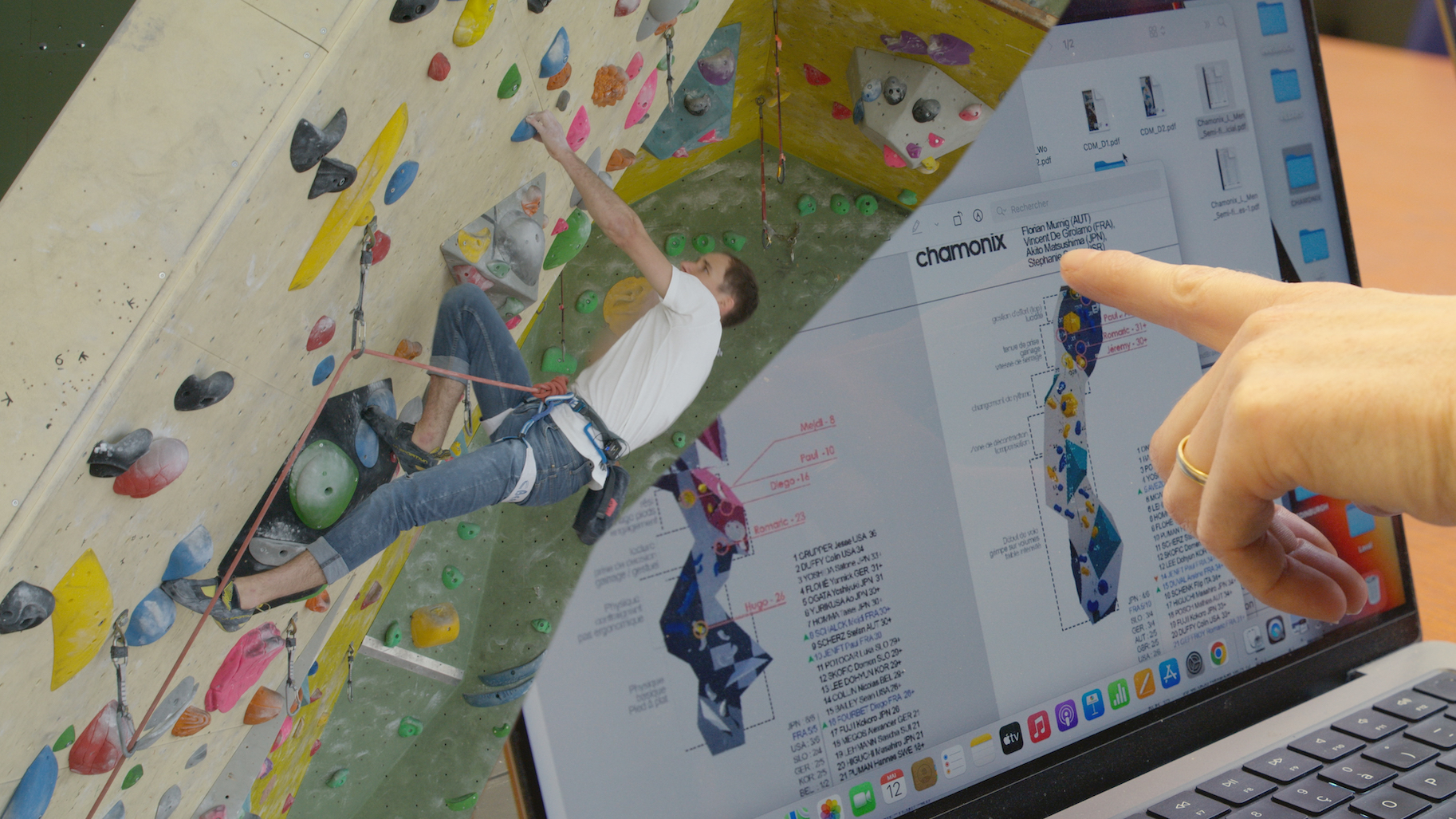Digital technology and sports performance: how research is helping to push athletes' limits
Date:
Changed on 02/10/2024

‘Citius, Altius, Fortius’ (‘Faster - Higher - Stronger’). In an increasingly competitive and demanding sporting landscape, training and talent are no longer enough to excel. Biomechanics, physiology, psychology and sports nutrition leave nothing to chance when it comes to preparing athletes and optimising their performance.
Digital technology is now, unsurprisingly, part of the arsenal of training tools available to those involved in sport. Every day, cutting-edge technologies enable trainers to collect, analyse and use data in real time. The aim: to understand how the body works down to the smallest detail in order to optimise every aspect of athletic performance.
Methods of analysing and monitoring performance and training have therefore gradually been enhanced by a number of devices capable of objectively measuring the performance, physical condition and health of athletes.
These include wearable sensors such as sports watches, chest belts and pedometers, which collect biometric data such as heart rate, running pace, speed and distance covered. Real-time tracking systems, such as GPS and Global Navigation Satellite Systems (GNSS), are also used to track athletes' movements during training and competition, providing accurate data on speed, trajectory and distance covered. Motion sensors, such as accelerometers and gyroscopes built into sports clothing and equipment, will make it possible to measure body movements accurately.
These technologies generate an enormous amount of data which, if not analysed, will not provide useful information to the coaches and sports scientists who work with the athletes.
Verbatim
The question is how to exploit this data. How do you extract relevant data for the trainer from all this data, from positions, speeds, angles, accelerations and forces? Because if you give him all this data, he doesn't know what to do with it.
Auteur
Poste
Head of the MimeTIC project team at the Inria Centre at the University of Rennes
This is the key role of data analysis and statistics, whose methods enable massive data to be processed, analysed and made to speak for itself, with the aim of detecting patterns, trends and weak points, thereby providing coaches and athletes with valuable information for adjusting their training and competition strategies.
Numerous research projects, led by Inria project teams, are working to develop sophisticated data analysis methods specifically adapted to the sporting context, based on automatic learning, statistical modelling and signal processing to extract valuable information from the data collected.
This is the case, for example, of the MimeTIC project team, which specialises in the analysis and synthesis of movement for the simulation of virtual humans. As part of the European ShareSpace project, it is currently working with the M2S laboratory at Rennes 2 University to develop an innovative extended reality training system for cyclists. The aim is to help them sharpen their powers of observation and better detect the signals that herald a breakaway.
‘When the attacker is about to start, there are signals that indicate this. For example, the rider will be obliged to change his posture slightly, to move forward a little in the saddle, to lean on the handlebars, and so on. But the team-mate who's following him won't necessarily notice. We will automatically identify and detect these signs and amplify them so that the rider gets used to reading this information. We will then reduce this amplification as they learn, so that they gradually become more proficient during mixed-reality training", explains Franck Multon.
In the field of football, MimeTIC scientists have also designed a simulation that is now used by Stade Rennais to train goalkeepers to better monitor the situation before a penalty kick, or to optimise the positioning of a wall in a free-kick situation.
By using information from research and combining it with physiological data and performance objectives, coaches can design more effective and targeted training programmes, maximising the potential of each athlete. Provided that the links between research and those involved in sport are appropriate: ‘A scientific tool has to be part of a training programme. So when do we use it? How much? Who uses it? Who uses it? How do you capture the results and transform your training? All these questions need to be thought through with those involved in sport at an early stage,’ explains Franck Multon.
This development in the field has even led to the launch in 2020, as part of France 2030, of a PPR (Priority Research Programme) dedicated to monitoring sports performance for the Paris 2024 Olympic and Paralympic Games. With a budget of €20 million, this ‘Very High Performance Sport’ PPR funds applied research that can be applied to the preparation of French athletes.
Among the projects supported by this PPR: Neptune, which aims to provide swimmers with innovative tools and methods for assessing movement to optimise performance.
The PerfAnalytics and REVEA projects, also part of the ‘Very High Performance Sport’ RPP, also involve Inria scientists in preparing athletes for the Olympic Games. REVEA, supported by the Athletics, Boxing and Gymnastics federations, aims to meet the needs of athletes and coaches by exploiting the unique properties of virtual reality to improve the motor performance of athletes by optimising the underlying perceptual-motor and cognitive-motor processes, while potentially reducing the risk of injury linked to training overload.
‘One of the advantages of virtual reality is that you can train without injury, but also when you are injured. So we can optimise the training time of boxers and coaches using these tools, and avoid damage that could, in the long term or through repetition, reduce training capacity", explains Guillaume Claude, an engineer at the M2S laboratory involved in the REVEA PPR.
‘The government launched this PPR with the very strong constraint of achieving results in terms of medals. We'll see if that's the case soon", concludes Franck Multon.